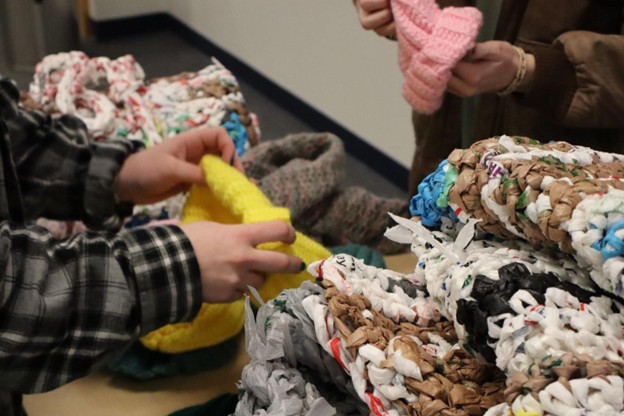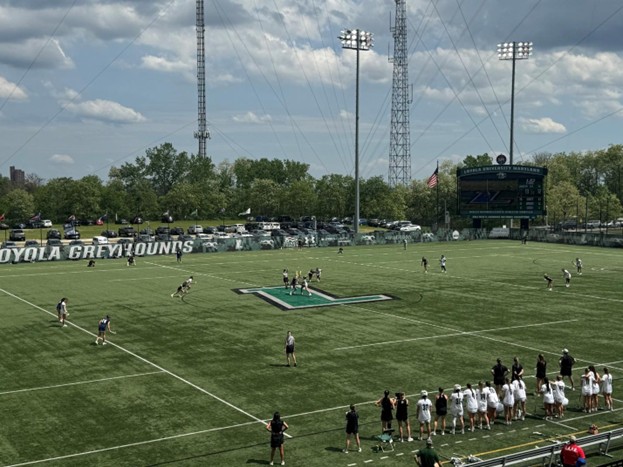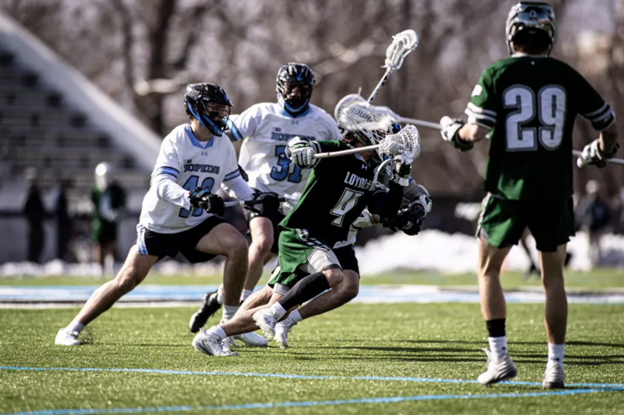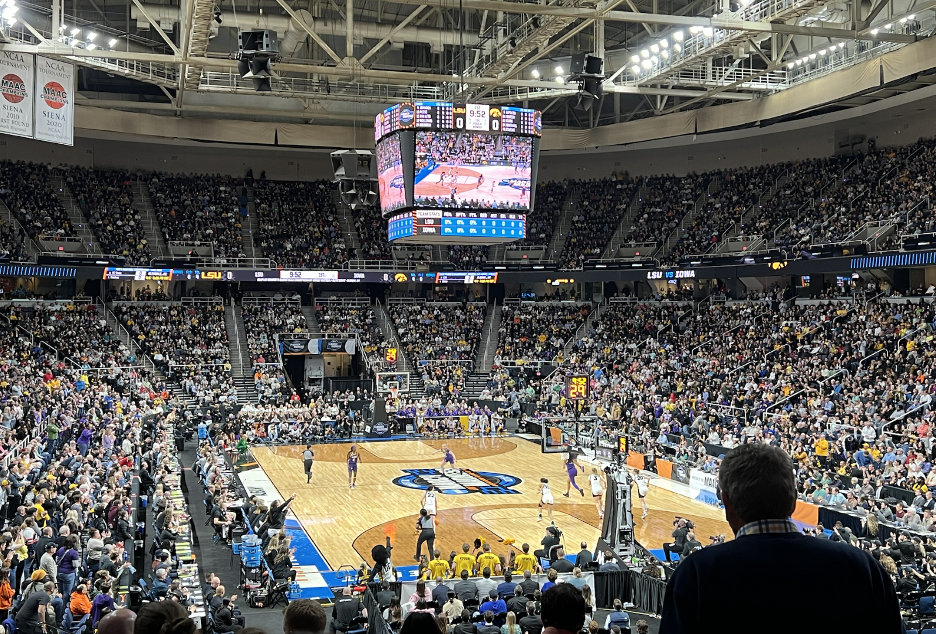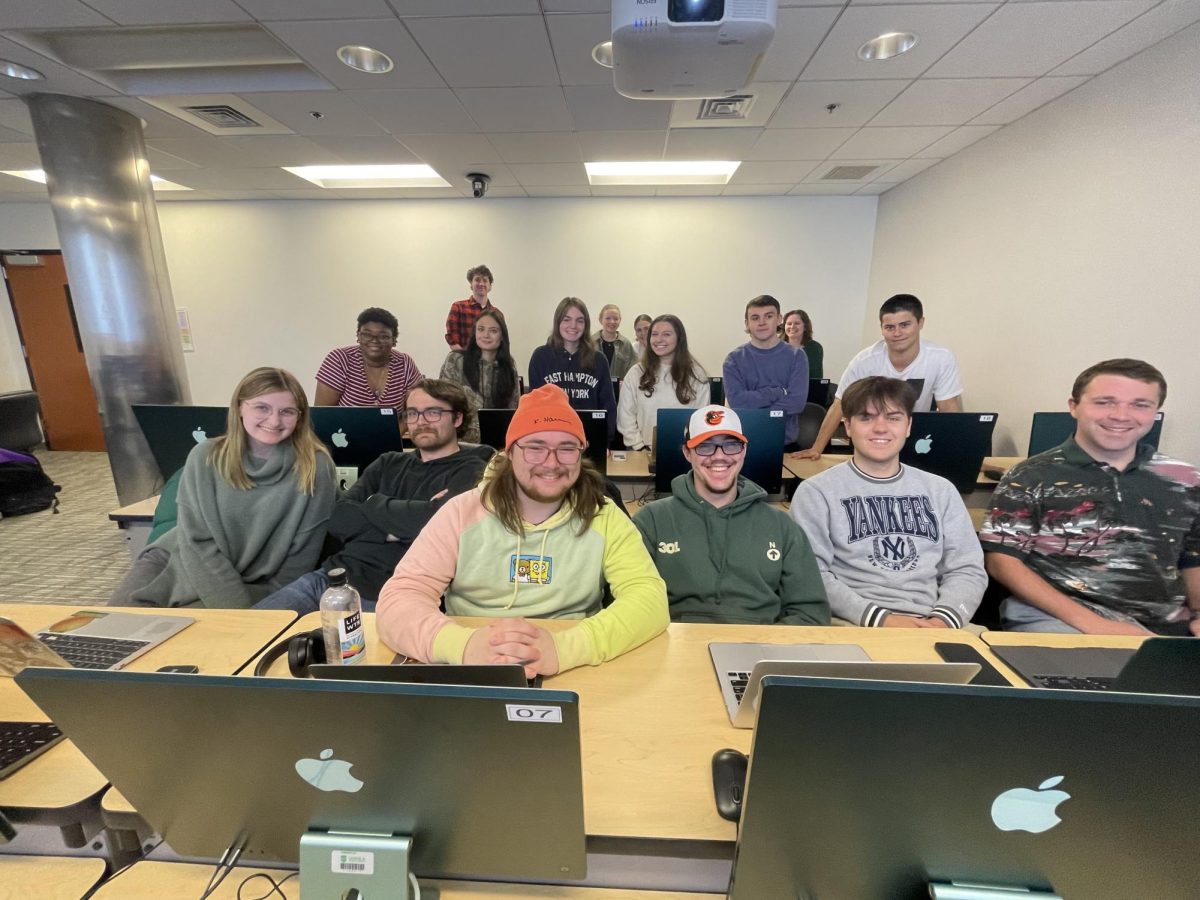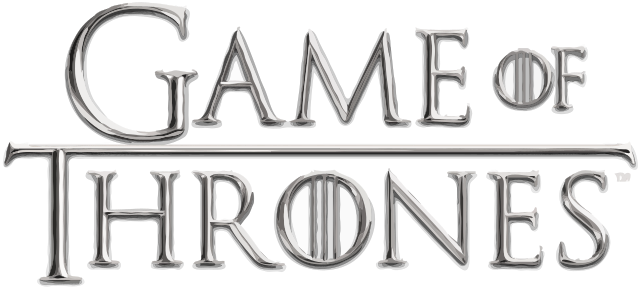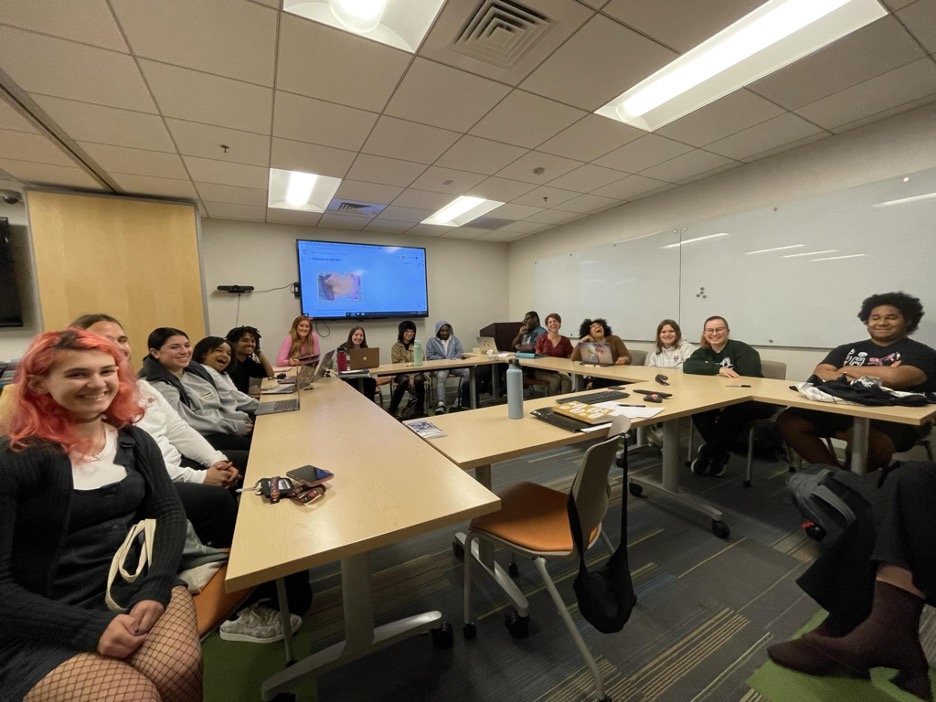Bryan Artfitch is a strength and conditioning coach for Loyola University Maryland. He has direct involvement in volleyball, track, men’s and women’s basketball, and other sports. Alongside serving the team’s strength and conditioning requirements, Artfitch collaborates closely with sports medicine professionals and physical therapists. They work with injury prevention, post-surgery return, necessary exercises, and corrective movement techniques to help Loyola athletes avoid recurring injuries.
Artfitch is a fierce competitor and a large part of that competitiveness stems from the fact that he grew up with two brothers. He was certain that he would spend his life working in the sports industry. Growing up, he played sports and was good at making relationships with people in the field. He made fitness schedules for himself and his teammates while he was an undergraduate student and a member of the Penn State club baseball team. Artfitch completed an internship with Penn State’s strength and conditioning program, which sealed the deal for him.
“I knew I wanted to work in athletics in some capacity and I knew I wanted to help people,” Artfitch said. “After interning with Penn State strength and conditioning during my undergrad, I knew I wanted to be a strength and conditioning coach.”
In terms of coaching, Artfitch would categorize himself as both new school and old school. Artfitch’s dedication to providing his teams with the most recent developments in science and technology is what makes him cutting-edge. The traditional aspect of his philosophy is his comprehension that if you don’t put in the effort, no amount of technology can really help you.
“Everything I have my athletes do is rooted in sound scientific principles, so as the research and evidence adapt, I do the same,” Artfitch said. “I also place importance on being able to relate to athletes and building a working relationship with them, which they probably are considered more new school.”
Injury prevention is an essential part of Artfitch’s job as a strength coach. Muscle imbalances and weakness can lead to injuries, so it’s key to get athletes in the weight room in between seasons and in the summer to keep them injury-free.
“Making athletes stronger goes a long way to making them more durable,” Artfitch said. “Building their conditioning and overall workload so they are ready to meet the demand of their season is another key aspect of lowering the chances of injury.”
Athletes who are in the protocol eventually start working with Artfitch based on their health and healing as he helps athletes recover from injuries. He works with athletic trainers and physical therapists to help maintain the positive physical and mental well-being of all student-athletes.
“Right after an injury, my role usually involves working around the injury from a strength standpoint and making sure they are still able to get some form of cardio in,” Artfitch said. “Once they have recovered enough from their injury, I will help them to regain strength and eventually power if it applies.”
Featured Image Courtesy of Bryan Artfitch.


































